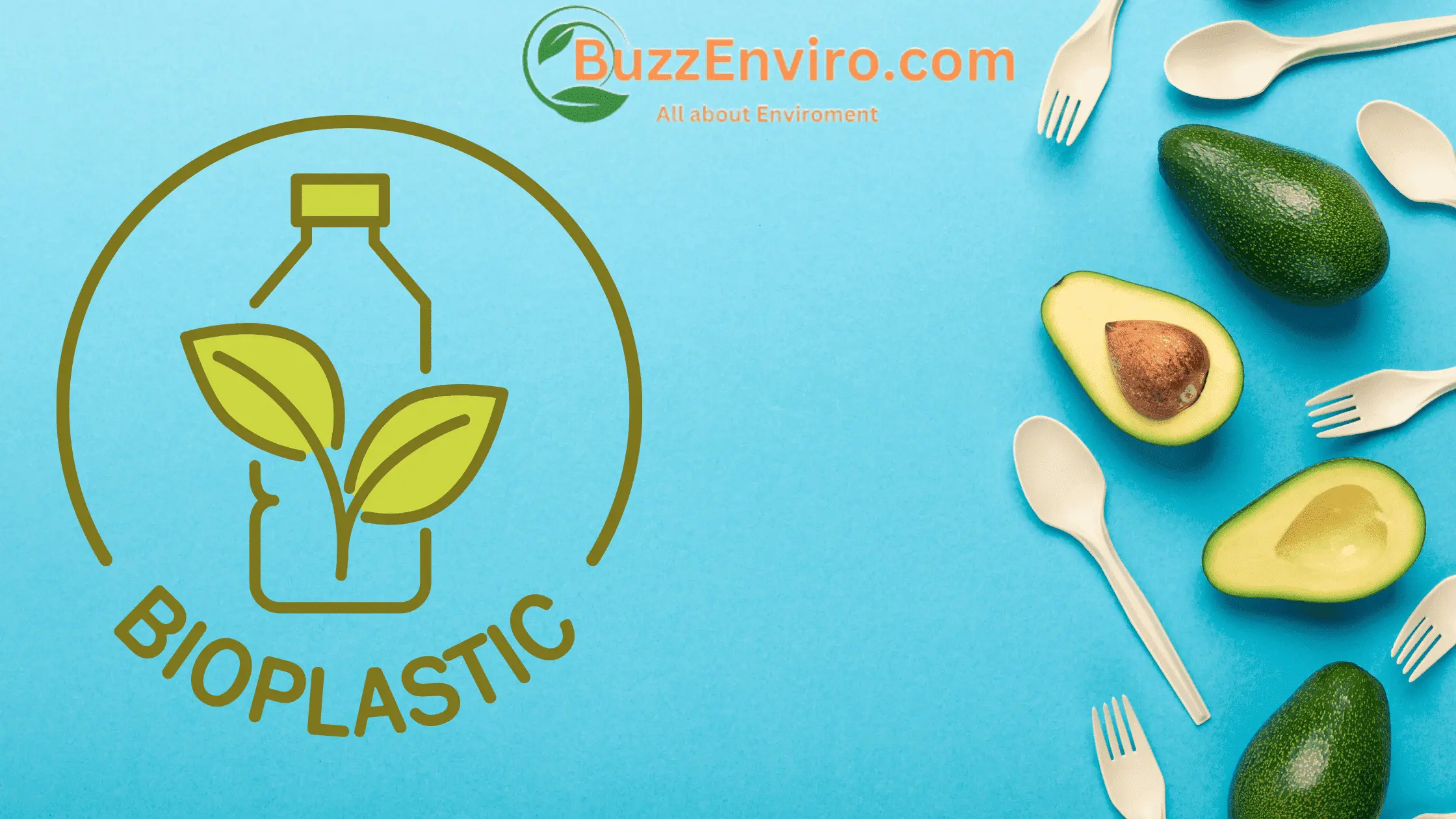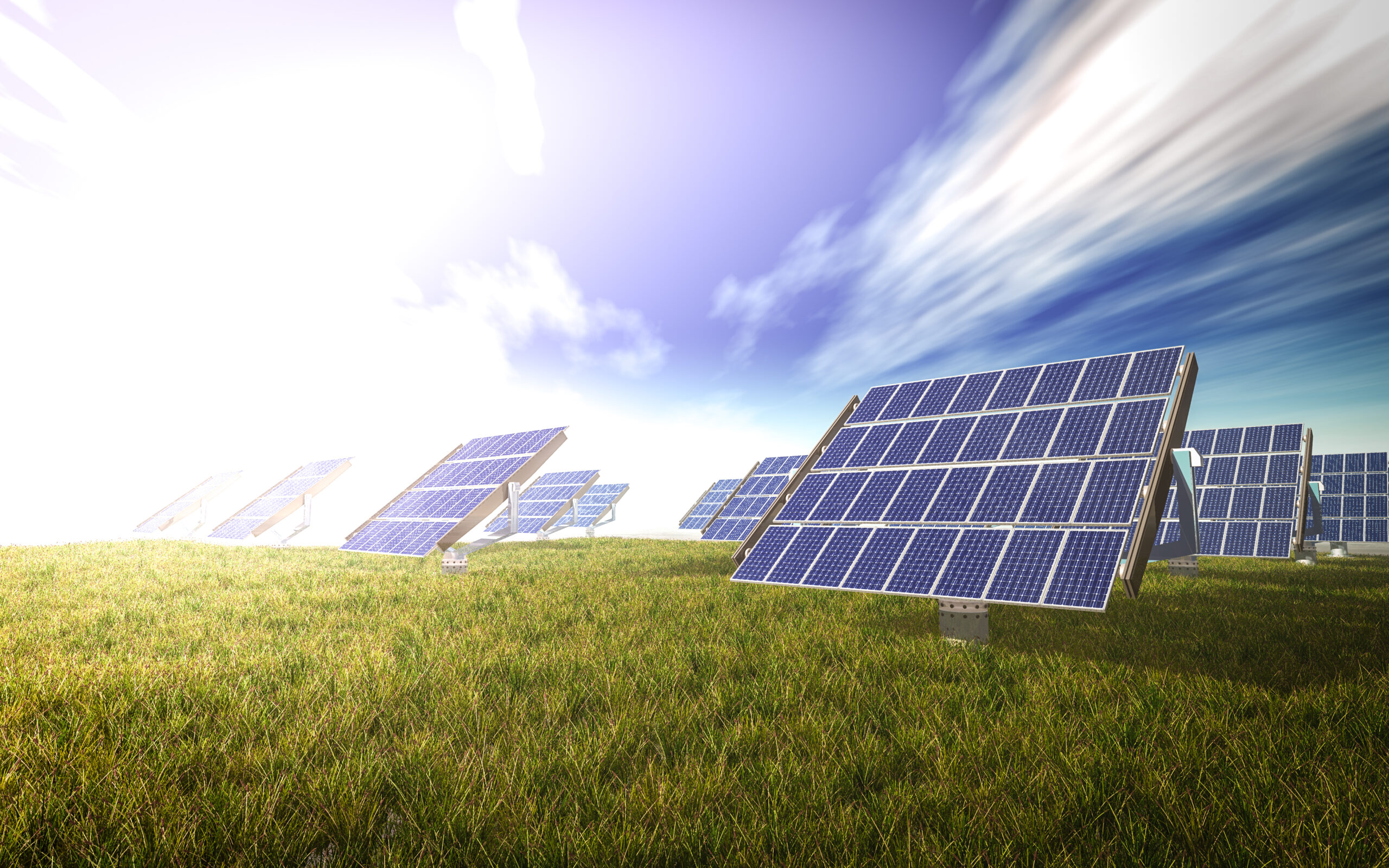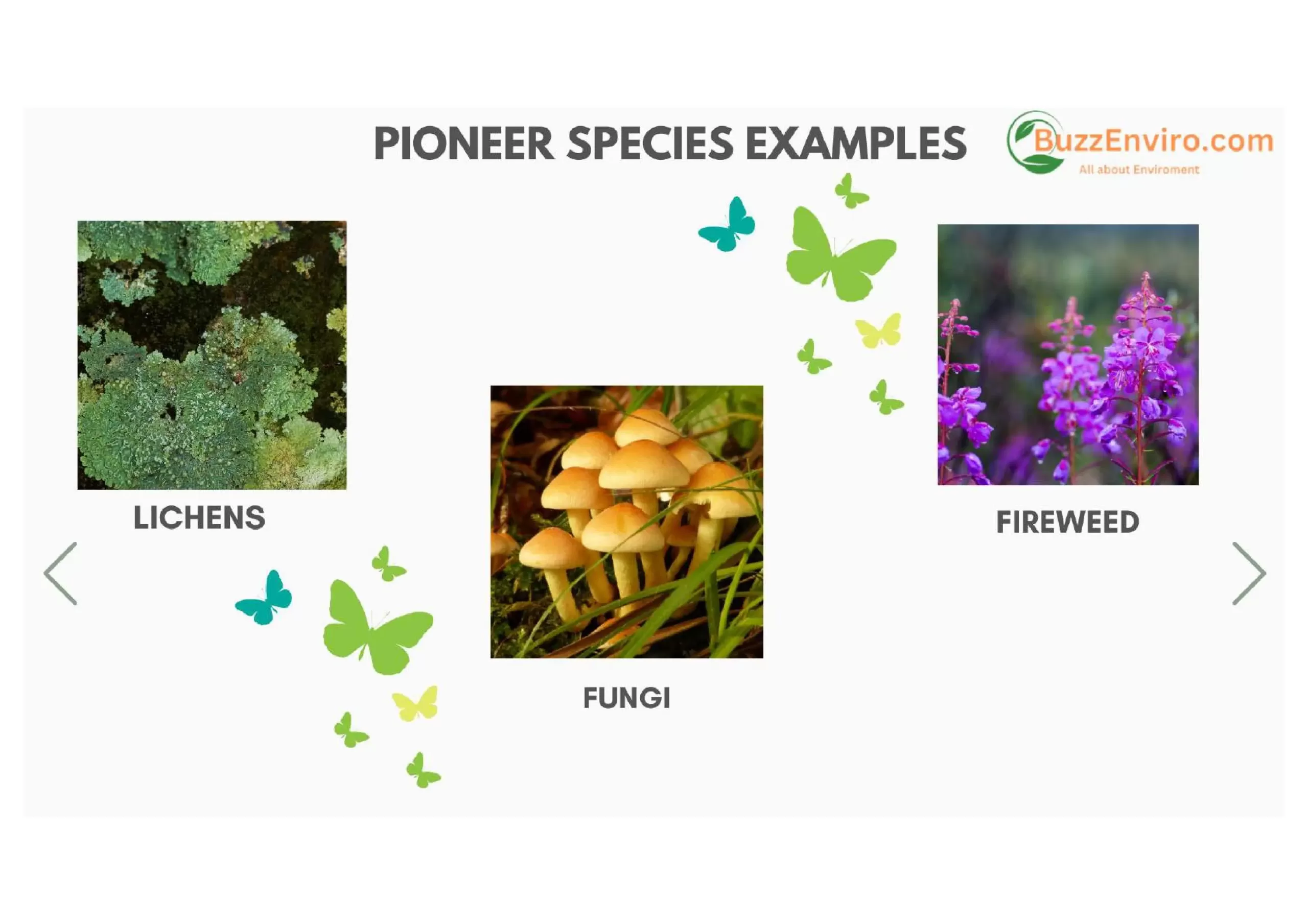Fractals are known as geometric shapes that display similarity through the full range of scale—that is, they look the same no matter how big or small. And they are, in fact, ubiquitous. There are many examples of fractals in nature, and we encounter them in everyday life. Pineapples grow according to fractal laws, and ice crystals form in similar fractal shapes. Fractals enable plants to get the most sunlight possible. They allow cardiovascular systems to transport oxygen to all body parts efficiently.
Here, we explain ten fascinating and beautiful examples of fractals in nature.
1. Romanesco Broccoli

Romanesco broccoli is a fractal found in nature (despite its name, it is a hybrid of broccoli and cauliflower). It grows in a golden spiral, a pattern based on the golden ratio. The spiral gets wider by a factor of for every quarter turn it makes.The spiral pattern and conical shape of this vegetable is caused by its fast-growing habit of producing buds. As the broccoli grows, the tip of the plant increases in height.
Other examples of golden spiral can be found in nature, such as spiral galaxies or nautilus shells.
2. Pine Cones

Pine cones, or strobili, are woody, scaly fruits that dangle off evergreens and serve as the trees’ seed-bearing organs. As you’ve probably noticed, their scales spiral satisfyingly, reflecting the seeds they’re protecting. They close up tight when they’re wet or cold, and then open up when it’s the best place to spread seeds in the wind.
Again, the fractal design is caused by accelerated growth. It’s a natural example of the logarithmic or equiangular spiral.
3. Succulents

Fractal designs are referred to in plant biology as spiral phytotaxy. Phytotaxy refers to the way a plant’s leaves are arranged. There are several reasons why spiral aloe’s upturned coiling leaves, such as those of the Aloe Polyphylla and some varieties of Echeveria, help to funnel rainwater toward the plant’s centre and prevent the top leaves from blocking out the bottom leaves.
In the mid-2000s, one scientist suggested that plants’ spiral structures and fingerprints were caused by forces acting in opposite directions. “Pressures acting in opposite directions cause skin and plant tissues to contract inward as they grow,” he said.
4. Ice and Snow

No two snowflakes are the same, but many snowflakes look like natural fractals. The snowflake branches have their side branches, and so forth. The snowflakes could keep growing and growing forever until, eventually, they would run out of water and melt away.
No two snowflakes are the same, but many snowflakes look like a fractal. The snowflake branches have their side branches, and so forth. The snowflakes could keep growing and growing forever until, eventually, they would run out of water and melt away.
5. Tree Branches

Trees are among the most fundamental fractals in nature. As trees grow, branches grow out of the trunks. Each branch is like a miniature tree. Each tree develops its branches. When you look at a complicated tree, you will see the repeating Y shape all over the tree.
Like spiralling succulents, this type of fractal structure helps trees receive the most sunlight possible and prevents the upper branches from blocking the lower branches.
6. Copper Crystals

Fractal geometry can also be seen in chemistry. Copper crystals are an excellent example of fractals in nature. Like tree limbs, copper crystals grow in all directions. Each “twig” is a new point of growth. As they grow, they form solid metallic copper. Copper crystals are arborescent and have a reddish-brown hue. They are often cultivated for art.
7. Rivers

Rivers branch into streams because water comes out of the main artery downhill. But why is it always in an S shape? While rivers can be established straight, they quickly become curved as they respond to disturbance, such as wildlife dens. A single disturbance can cause a river to bend all along its length.
8. Leaf Veins

Trees are fissile, from the seeds to the roots to the leaves and the canopy. If you look closely at the veins on a tree’s leaves, you’ll notice how similar they are. The most minor veins resemble the significant midrib (the midline vein). The midrib seems like a tree trunk with branches.
9. Foam

Fractal foam is what your morning latte looks like. In nature, the bubbles that form when ocean waves break or where raindrops fall are self-similar—thin films of liquid separate gas pockets of different sizes. Tiny bubbles surround giant bubbles. Even smaller bubbles surround small bubbles.
Off the beaten path, you’ll see these fractal patterns in a bath with soapy water or while washing dishes in the sink and it is a great example of fractals in nature that you can see easily anywhere.






